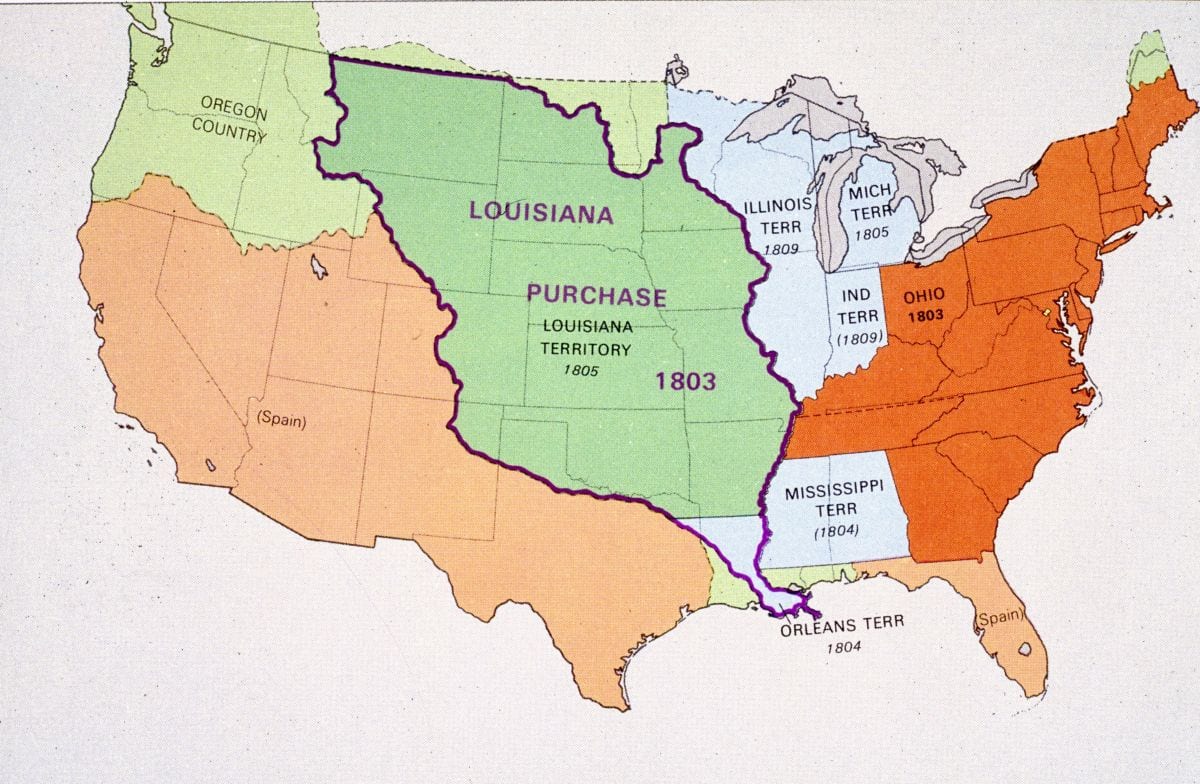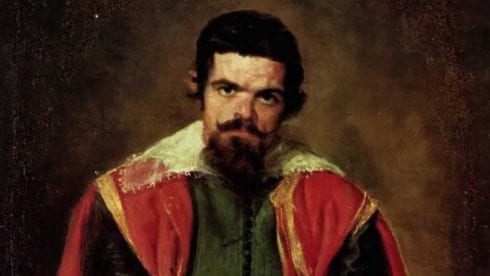
PLOT INGREDIENTS: Take one-part ancient Welsh mysticism and mix thoroughly with one man’s enthusiastic sense of adventure.
Add a dash of opium and a generous splash of whiskey. Stir well, then bake for 200 years at a low heat y está! You have the fascinating saga of ‘Don Juan’ Evans – a man who never set foot in Spain, nor knew one word of Spanish yet remains a significant figure in the history of the Spanish New World.
Although hardly anyone’s ever heard of him.
He was born plain John Evans in 1770’s Wales under the shadow of Mount Snowdon, a mystical environment of otherworldly tales and legends. The son of a preacher, John was described as having a penchant for all things pious and patriotic.
At 21 he moved to London and fell in with a group of radical Welshmen who were dedicated to preserving and maintaining their literary and cultural traditions.
The group, known as the Gersedd, and led by the eccentric but infamous poet Iolo Morganwg (born Edward Williams), met to discuss elaborate mystical philosophies and celebrate ancient Druid, Celtic and neo pagan rituals, including spell-casting and sorcery, while heavily under the influence of wine, whiskey and opium.

One tale that held currency with the Gersedd was what has become known as the Madoc Legend. According to folklore, a Welsh prince named Madoc sailed west from Wales in 1170 and landed in America – 300 years before Columbus. After finding a ‘new world’ Madoc sailed back to Wales and persuaded 100 men and women to return to the western land. This group of intrepid pioneers was never heard of again.
Yet, the legend of Madoc persisted. Stories of white-skinned Indians who spoke Welsh and had Welsh customs began to gain credibility with the Gersedd group. Did the Welsh really discover America? Could there be a tribe of Welshmen roaming the American frontier? Young impressionable John Evans decided to give it a go: he would travel to America and settle the issue once and for all. ‘Either Madoc or Death…God is my Shield!’, Evans proclaimed upon his departure for America.
He arrived in Baltimore in 1792, worked for a year as a surveyor (more about this later) all the while seeking advice on travel into America’s western frontier – an uncharted and unsettled wilderness occupied by Indians. But young John was on a mission. Crossing mountain ranges and navigating America’s eastern river systems, he worked his way west to St. Louis where the mighty Mississippi River meets the Missouri.
The city was controlled by the Spanish Crown but with British and French interests close by, Evans was thrown into jail as a British spy until he cut a deal with his captors to become Spanish, turn counter-spy and lead an expedition up the Mississippi to chart and claim land for Spain.
This suited John just fine as he was convinced the white-skinned Welsh Indians roamed the vast prairie to the north. He agreed to the plea bargain, became a Spanish subject and changed his name officially to Don Juan Evans. He then proceeded up the river with a few men, a few trinkets for trading and some Spanish flags.

John proved to be indefatigable. Over the next year he became crazed by disease, was perpetually hungry, temporarily blinded by the summer sun and nearly frozen to death in the extreme winter of the great plains. He walked a thousand miles, lived with the friendly Omaha and Arikara tribes and was also chased hundreds of miles by the warlike Sioux Indians who wanted his scalp.
His trek was fuelled by rumours of a tribe living upriver (near present day Bismarck, North Dakota) with whiter skin than other Indians who didn’t roam the plains like their nomadic neighbours, lived in huts not wigwams and raised crops instead of tracking buffalo. Surely if there were Welsh Indians out there, this was the tribe! Don Juan Evans believed he was on the brink of proving the Welsh myth. Or so he thought.
Don Juan did indeed meet up with that tribe. Known as the Mandan, they did seem quite fair-skinned but by now Evans had already observed that Native Americans’ complexions varied as much as Europeans. He stayed with the tribe for six months, learning their culture, studying their language and hoping to find evidence of something … anything … Welsh. But there was no denying it – these were American Indians with NO repeat NO Welsh characteristics. Linguistically their language had no Welsh sounds and their housing, diet and way of life was anything but Welsh. Don Juan wasn’t just dejected; he was spiritually crushed. With his dreams of finding any Welsh Indians in shreds, he decided to return to St. Louis. Before leaving, he raised the Spanish flag and claimed the land for the Spanish crown. (The Mandan tribe found this gesture highly entertaining!)
Back in St. Louis, he turned in his crude map and notes to Spanish officials, then turned to the whiskey bottle and hit it hard! A broken man, he wound up an alcoholic, unemployable and destitute as his health rapidly deteriorated. Sadly, Don Juan died before his 30th birthday and was buried in an unmarked grave.

Despite Don Juan’s perceived failure and tragic demise, he did not die in vain. Within a decade, seismic geopolitical changes occurred on America’s western frontier. In 1803, American President Thomas Jefferson was able to purchase (with Spain’s assistance) vast areas of land in the Mississippi/Missouri River drainage area. Known as the Louisiana Purchase, this notable achievement is viewed by many as ‘the greatest land bargain ever made in human history’. It effectively doubled the size of the young United States and provided much needed waterways and natural resources to the burgeoning country.
Remember that Spanish flag planted by Evans upon leaving the Mandoc tribe? It turns out that it marked the 49th parallel which became a legal and significant boundary specified by the terms of the Louisiana Purchase.
Remember that crude map crafted by Evans and turned into Spanish officials upon his return? That same map played a major role in the infamous Lewis and Clark expedition which President Jefferson sponsored to chart the newly acquired lands in hope of finding a route to the Pacific. But it was the myth – the belief that Welsh Indians roamed the America West – that truly intrigued President Jefferson; to the point that he instructed Lewis and Clark to ‘find the descendants of the Madoc Welsh Indians’.
Don Juan Evans efforts were not futile. He had an amazing adventure and his strong belief in the legend gained credibility with the President of the United States. RIP, Don Juan.
Did you know?
- Technically, the Louisiana Purchase was a land deal between France and the United States. In a complicated series of political events, Napoleon had taken control and assumed all Spanish Crown lands in North America (except Mexico and Cuba) in the decade following Evans death.
- Opium (also known as Laudanum) was rather fashionable during the late 18th and early 19th Century Great Britain. It was highly addictive, widely available and could be purchased in pubs and at food stalls. It was cheaper than alcohol and especially loved by artists and self-proclaimed ‘visionaries’
- Iolo Morganwag, John Evans’ mentor in London, went on to become one of Wales’ most prolific poets. Later in life he was convicted and disgraced as being a literary ‘forger. It could be that the opium got to him. His Welsh group, The Gorsedd, continues to this day (sans opium). They promote and preserve Welsh literary scholarship, music and language.
Click here to read more Spain News from The Olive Press.









I used to live in a house that was originally owned by John Evans in North Wales, Hafod Oleu, Waunfawr. In the main room, was an old slate embedded floor plaque, that was inscribed in Welsh, that Evans actually found Welsh speaking Indians in America.